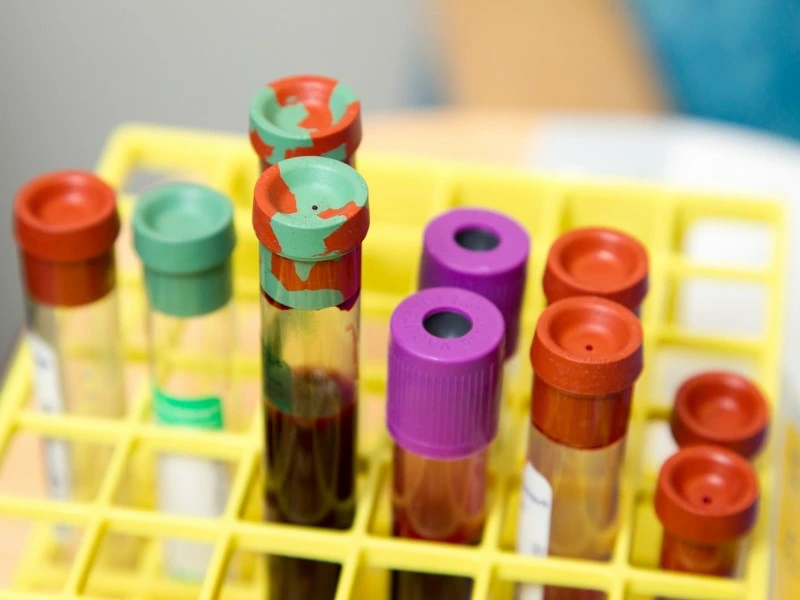

My name is Katie, and I have been a nurse for 10 years. My healthcare journey began in 2013 when I started as a CNA, eventually progressing through school to achieve my BSN. I specialize in Emergency Medicine and have worked as a Travel ER RN since the COVID-19 pandemic. Nursing has been life-changing for me. I strive to be the good in difficult situations and provide the best care possible to my patients.
Knowing the expenses involved can help you if you intend to start phlebotomy training. Although the program and location will affect the cost, here is a comprehensive analysis of what you should anticipate to pay and how to allocate your training funds.

Usually running between $700 and $2,500, phlebotomy training courses The length of the program, the location, and if the institution—community college, trade school, or private university—offers will all affect the precise cost. While in-depth courses with externships typically cost more, shorter programs or online options could find their place on the lower end.
Beyond tuition, there are other costs to keep in mind when budgeting for your training:
Some programs may have additional fees, so it’s always a good idea to ask for a full breakdown of costs upfront. For example, lab fees or charges for clinical practice may not always be included in the advertised tuition price.
Phlebotomy training is relatively short and affordable compared to other healthcare training programs, making it a cost-effective way to enter the field. Many students think the cost is reasonable given the rising need for qualified phlebotomists and the possibility for consistent income.
By understanding the costs and exploring ways to save, you can start your training with confidence and set yourself up for success in this vital healthcare role.
Ready to kickstart your healthcare journey?
Fill out the form above, and let CNA Class Guide match you with the best CNA training programs in your area!

Copyright © 2025 Phlebotomy Class Guide
All Rights Reserved